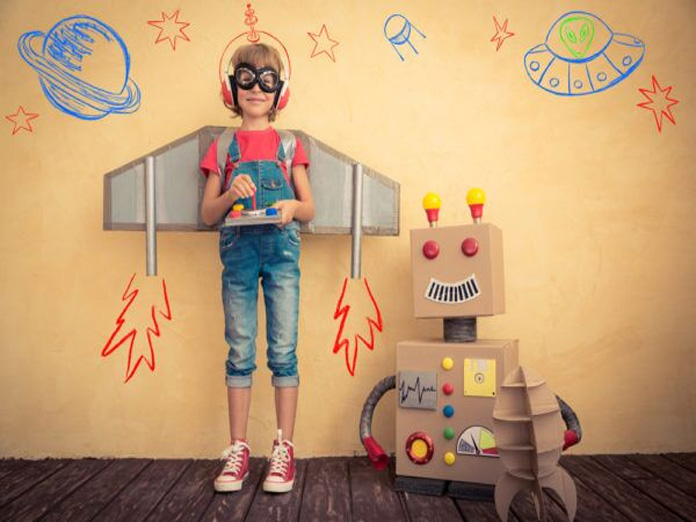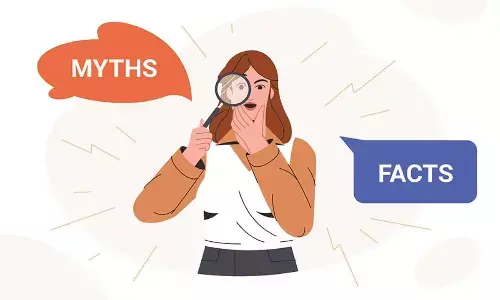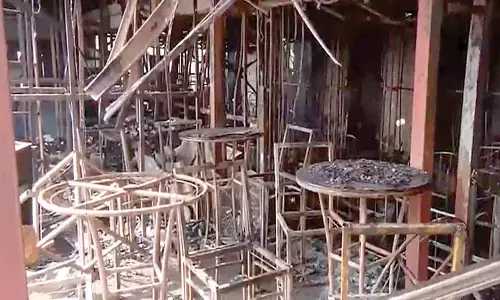Emergence of new technologies will impact human lives

We are going to witness the dawn of an upgraded era The world will reside on our finger tips There are four technologies that will take over in the next few years They are STEM education, STEAM education, robotics, nanotechnology
We are going to witness the dawn of an upgraded era. The world will reside on our finger tips. There are four technologies that will take over in the next few years. They are STEM education, STEAM education, robotics, nanotechnology.
STEM is an education curriculum that focuses heavily on the subjects of science, technology, engineering, and mathematics. STEM schools and programmes approach these key educational subjects in an integrated way so that elements of each subject are applied to the others.
STEM is a growing movement in education, not just in the United States but around the world. STEM-based learning programmes are intended to increase students’ interest in pursuing higher education and careers in those fields. STEM education typically uses a newer model of blended learning that combines traditional classroom teaching with online learning and hands-on learning activities.
This aims to give students the opportunity to experience different ways of learning and problem-solving. In some ways, STEM Education is a long-overdue update to our overall education system intended to bring kids up-to-speed on the skills and knowledge most relevant in today's society. STEAM fields are science, technology, engineering, art, and mathematics.
STEAM is a way to take the benefits of STEM and complete the package by integrating these principles in and through the arts. STEAM takes STEM to the next level by allowing students to connect their learning in these critical areas together with arts, practices, elements, design principles, and standards to provide the whole pallet of learning at their disposal.
STEAM removes limitations and replaces them with wonder, critique, inquiry, and innovation. It helps the students to not only learn the concepts in an effective way but also understand their implementation and application in the real world.
Robotics is an interdisciplinary branch of engineering and science that includes mechanical engineering, electronic engineering, information engineering, computer science, and others. Robotics deals with the design, construction, operation, and use of robots, as well as computer systems for their control, sensory feedback, and processing. Robots are used in places where it is unfavorable or dangerous for humans to go. For example, exploring an ocean deep underwater or studying a volcano from very close.
Much of the research in robotics focuses not on specific industrial tasks, but on investigations into new types of robots, alternative ways to think about or design robots, and new ways to manufacture them. Robotics engineers design robots, maintain them, develop new applications for them, and conduct research to expand the potential of robotics. Robots have become a popular educational tool in some middle and high schools, particularly in parts of the USA, as well as in numerous youth summer camps, raising interest in programming, artificial intelligence, and robotics among students.
Nanotechnology (nanotech) is manipulation of matter on an atomic, molecular, and supramolecular scale. The 2000s have seen the beginnings of the applications of nanotechnology in commercial products, although most applications are limited to the bulk use of passive nanomaterials. Nanotechnology is being used in developing countries to help treat disease and prevent health issues.
Nanotechnology is also being applied to or developed for application to a variety of industrial and purification processes such as the desalination of water, water filtration, wastewater treatment, groundwater treatment, and other nanoremediation. Further applications allow tennis balls to last longer, golf balls to fly straighter, and even bowling balls to become more durable and have a harder surface. Bandages are being infused with silver nanoparticles to heal cuts faster.
Also, video game consoles and personal computers may become cheaper, faster and contain more memory, thanks to nanotechnology. If these are implemented in the education across the globe, it will be a boon for the young generation. The young people are the ones who are going to make the world a better place to live: Thus, it is mandatory for these to be taught to children from a young age so that they can be familiar with the latest developments in the world.
- Aarav Garg
(The author is a student of Sister Nivedita School, Hyderabad)














